Topic outline
Welcome to Minnesota Studies
Course Information
Teacher notes have been hidden in this quest access version of the course. For full course access, download a copy and install to your own Moodle (or other LMS) installation.
MN Geography
Human Systems & Human/Environment Interaction
The following activity can only be completed by students with Google Apps accounts or their own Google account. (It is not referenced in the Gradebook.)
Pre-1800 Minnesota
Early Indigenous Population
Readings & Videos for class discussion.
Early European Colonization & Settlement (1585-1763)
Expansion & Reform
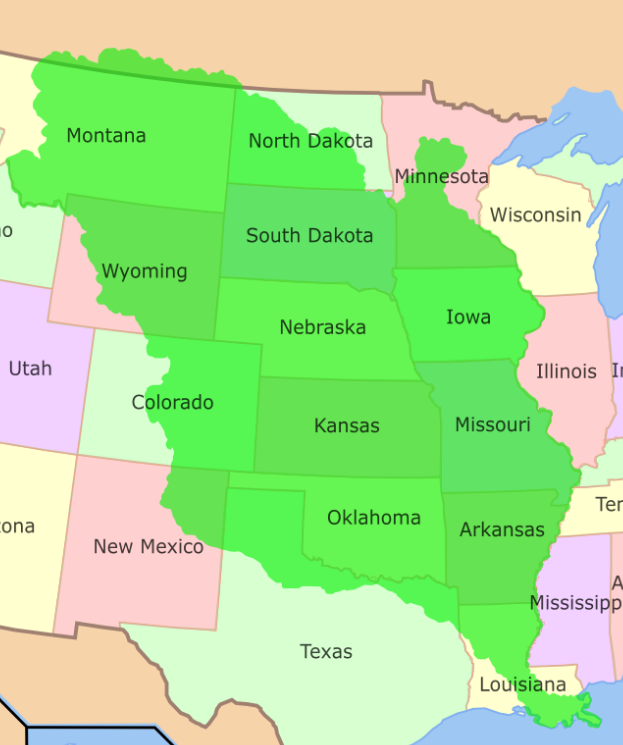 In this unit, we will explore the Louisiana Purchase, Fort Snelling, Steamboat Transportation, How and Why Treaties were Signed, and How and Why Minnesota became a state.
In this unit, we will explore the Louisiana Purchase, Fort Snelling, Steamboat Transportation, How and Why Treaties were Signed, and How and Why Minnesota became a state. We will examine primary and secondary sources, evaluate arguments from diverse perspectives, ask questions, search for answers, and seek to understand the complex story of Minnesota's earliest peoples, and the relationships between them.
- What was the Louisiana Purchase and why was it important to the United States?
- Why and where was Fort Snelling built? How did it change relationships between the United States and Dakota and Anishinaabe?
- What were the unique perspectives of European Americans and Native Americans about land use, ownership and family?
- How and why did the United States negotiate treaties with the Dakota and Anishinaabe? What were the consequences of treaties on the Anishinaabe, Dakota and settlers in the upper Mississippi River region?
- How did MN become a territory and state? What were the key events, individuals, and groups involved in the process? How did geography and natural resources affect settlement patterns and growth of cities?
Minnesota Government
Three Branches of Government
Federalism and Separation of Powers
The Minnesota Constitution
State & Local Government Offices
How Laws are Created
Minnesota's Juvenile Justice System
Funding Government
Civil War & Reconstruction

The American Civil War was the deadliest and bloodiest war fought on American soil with the death of over 600,000 soldiers and an undetermined number of civilian deaths. It was a war fought between states for different reasons and has been nicknamed the "War Between the States" Other nicknames are "War of the Rebellion," and "War for Southern Independence" depending on the point of view. It's important to examine and understand the various perspectives of the war.
The people of the North and South had very different ways of life. They had different opinions on issues such as how to best run a government.
They also disagreed about the rights of African Americans. The North believed in treating people with equality (however their practice of equal rights had yet to be truly perfected). The South believed in slavery.
The North and the South had very different resources that influenced the economy of each.
The jobs the North and South were unique too. The North was known for its large factories located in cities and the South had lots of rich farmland.
Education was also different. Students of the North attended classes in one-room schoolhouses, while children of wealthy plantations owners had private tutors.
As you work through this unit, continue to consider all points of view so that your understanding of this subject is objective.

The American Civil War: WHO?
It began as North and South... Yanks and Rebs...Union and Confederates...
In this section you'll identify key players in the American Civil War including leaders, soldiers, American Indians, slaves and civilians. Through this identification, you'll begin to analyze various perspectives and points of view.

The American Civil War: WHAT?
The Civil War in America is considered the bloodiest conflict on American soil. It is nicknamed the NATION DIVIDED and was a war where brothers fought against brothers. In this section you'll explore what the Civil War was about.
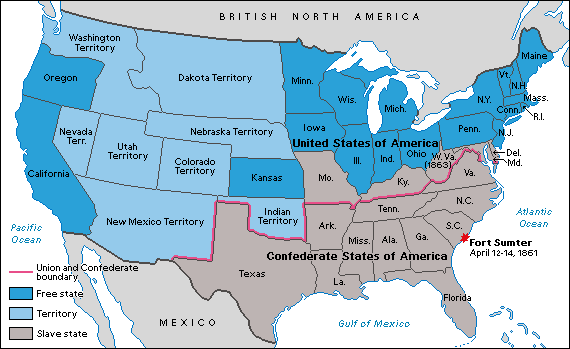
The American Civil War: WHERE?
The division of our country was well defined on a map. In this section students explore how physical features and the location of resources influenced settlement patterns and the growth of cities.
Teacher Note: This activity will require that students know what Higher Order Thinking questions are.
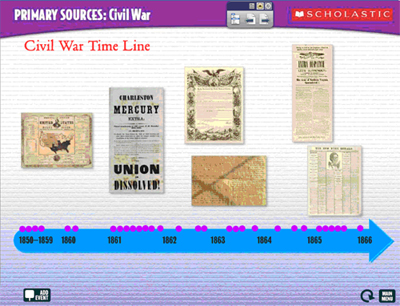
The American Civil War: WHEN?
At the time of the Civil War (1861-1865) there was much going on in the United States. In this section, you'll identify important events and their influence on the war.
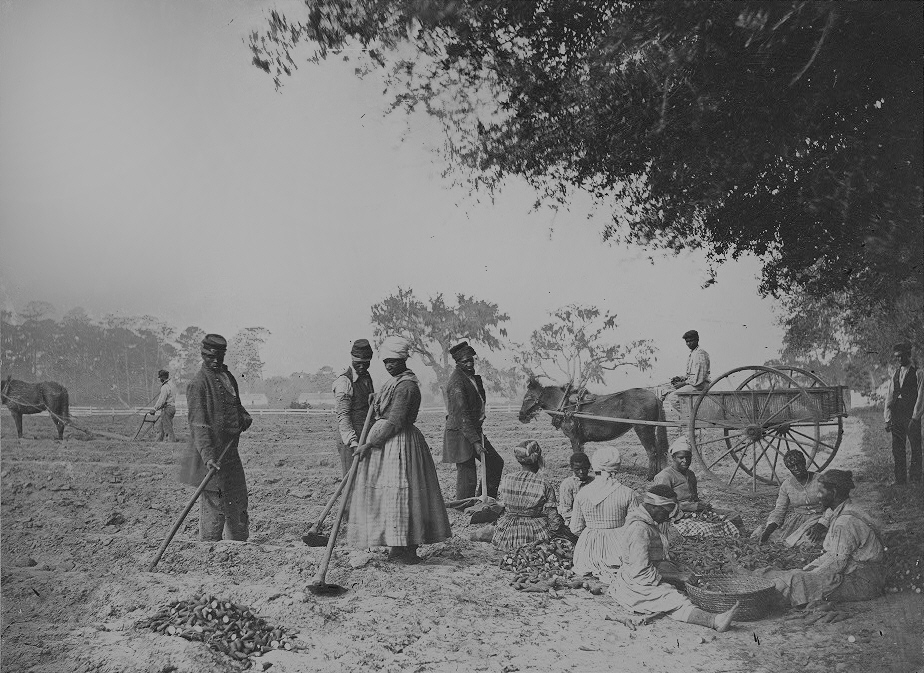
The American Civil War: WHY?
To understand WHY the American Civil War happened, one must examine the events leading up to the Civil War. There are many factors to consider. In this section you will identify many events and evaluate the impact each event had as a cause for the war.
Questions to consider as you work through this section:
What issues were at stake in the war besides the continuation of slavery?
If slavery had never existed, would there have been a Civil War?
How might history have been different if we had had a different 16th president?
How did differences in economics between north and south influence attitudes?
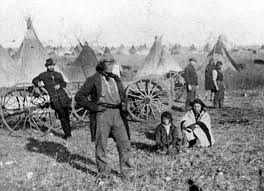
The UNCivil War
“The history of Indian treaties is the history of all Minnesotans and all Americans. […] We cannot have a complete understanding of what it means to be Americans without knowing about these relationships, whether we are Native Americans or not."
Development & Industrialization 1860-1920
Rise of Big Business 1860-1920
This was a time for many changes in the economy of Minnesota. Minnesota changed from an economy of forests, fields and waterfalls to one of rapid growth in big business. How did the growth of industry influence Minnesota economy? How did improved ground and water transportation increase commerce?
Migration & Immigration to MN
What would it be like to be an immigrant in Minnesota from 1860-1920? What were the causes and effects of migration to Minnesota? Compare and contrast to immigration issues today.
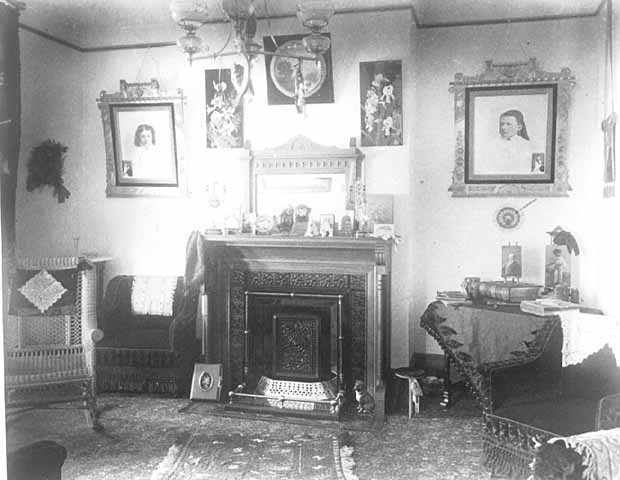
Development of Neighborhoods 1860-1920
What were some of the ethnic neighborhoods and communities of Minnesota?

Political & Social Culture of MN in WWI
What were some of the political and social trends and influences during WWI?
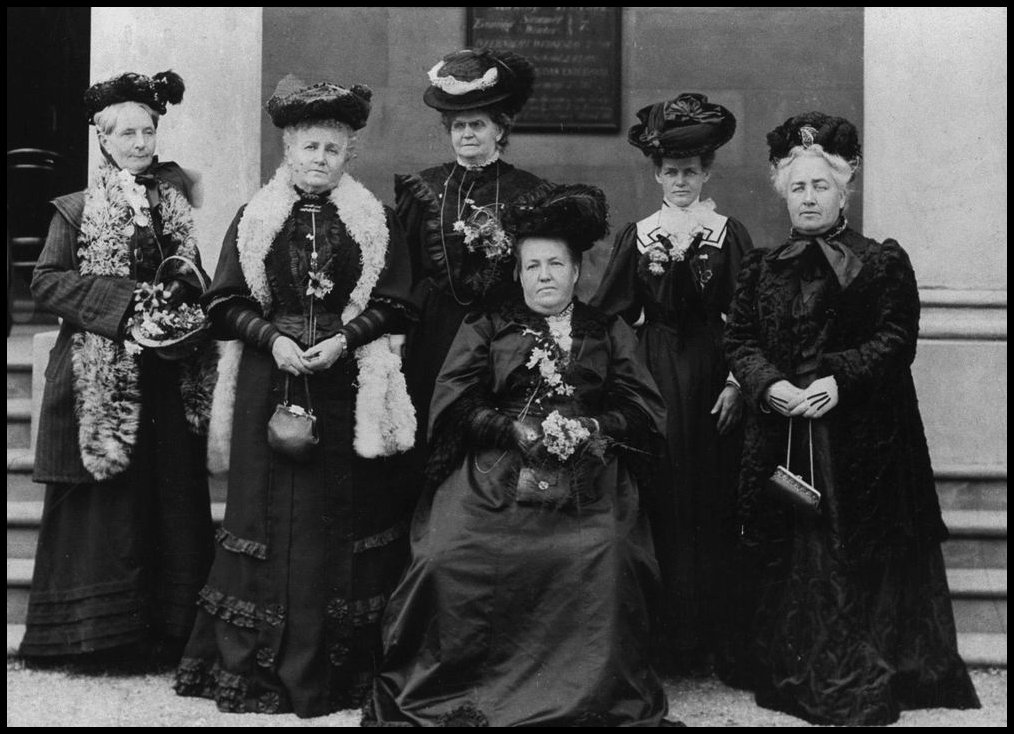
Reform Movements
What were reform movements of the political and social culture of Minnesota in the early twentieth century?
Great Depression & World War II 1920-1945
1920-1945 Introduction
Biography Activities
The Roaring 20s
The Great Depression
The New Deal
Open Mind Portrait
World War II
End of Unit Activities
Post World War II 1945-1989
What was the Cold War?
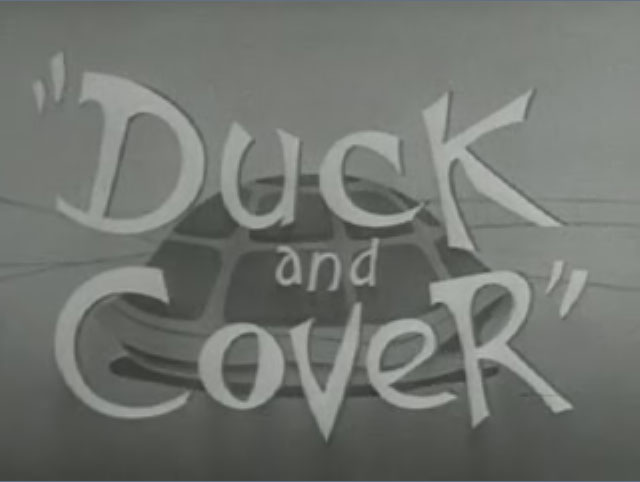

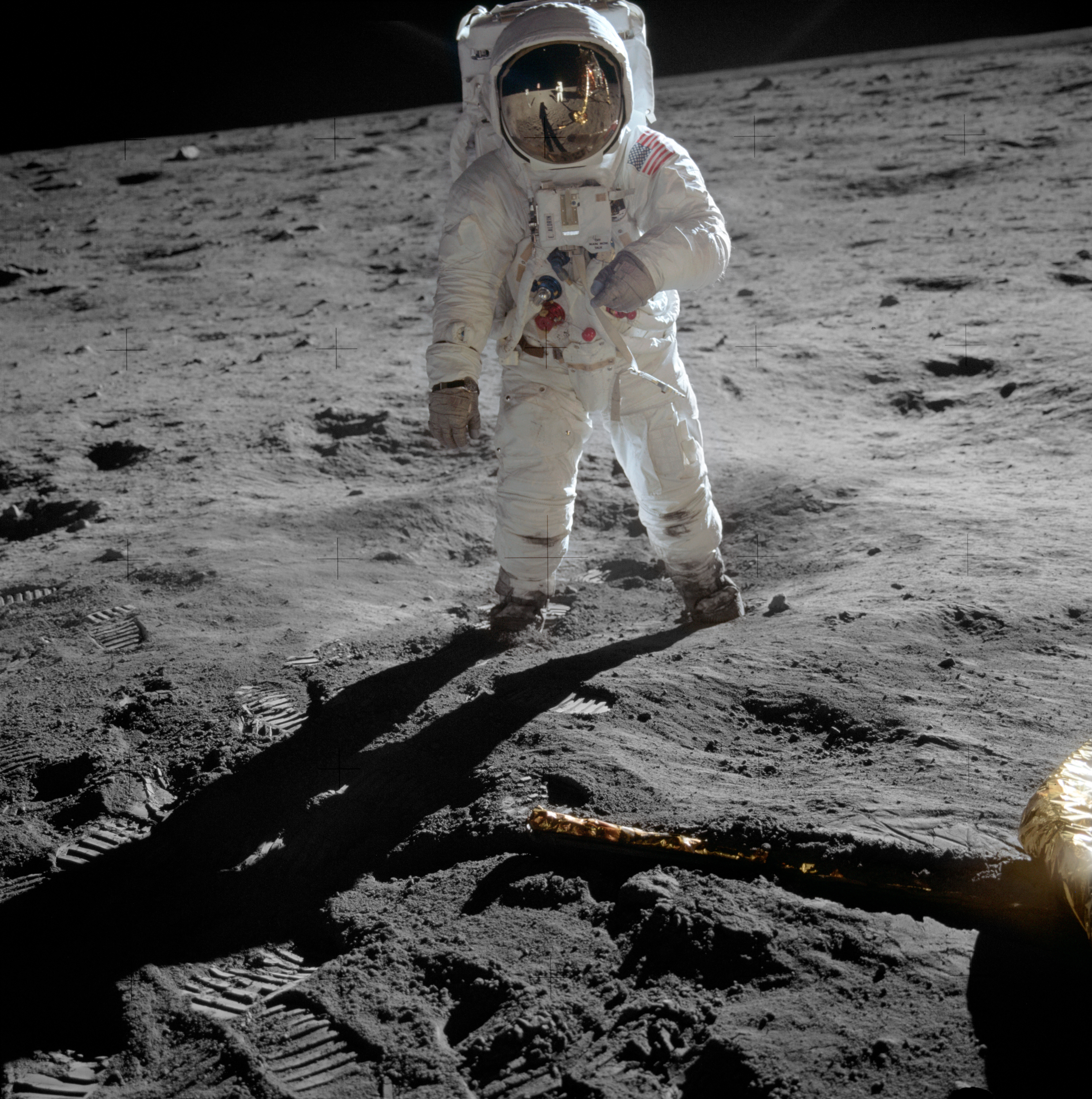
The Cold War happened after WWII, between the late 1940s and the early 1990s. Historians don't totally agree on the exact date this "war" began, but It was a time when many countries struggled to get along with other countries. The struggles were mainly between communist countries and democratic nations. Americans were consumed by the fear of communism spreading to the United States. As communism spread through Eastern European countries, the US joined Western European countries, Canada, Great Britain and France to create NATO (North Atlantic Treaty Organization).
What Economic Changes Happened in Minnesota During the Cold War?
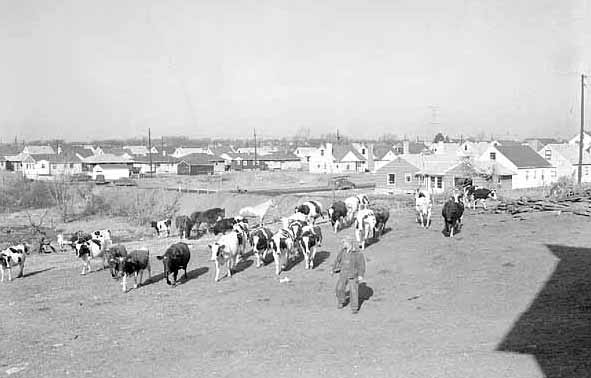

After World War II, industrial development quickened. New technology increased farm productivity through automation of feedlots for hogs and cattle, machine milking at dairy farms, and raising chickens in large buildings. Planting became more specialized with hybridization of corn and wheat, and the use of farm machinery such as tractors and combines became the norm. University of Minnesota professor Norman Borlaug contributed to these developments as part of the Green Revolution
In the 1940s and 50s, Minnesota became a center of technology. A group of scientists and engineers who had worked on code breaking during the war started up ERA (Engineering Research Associates), a company that developed computers for the US Navy. Control Data Corporation, Cray Research and Medtronic were also strong technological companies based in Minnesota.
Suburban development increased do to postwar housing demand and convenient transportation. Increased mobility, in turn, enabled more specialized jobs
State agribusiness has changed from production to processing and the manufacturing of value-added food products by companies such as General Mills, Cargill, Hormel Foods Corporation (prepackaged and processed meat products), and the Schwan Food Company (frozen foods).
3M (formerly Minnesota Mining and Manufacturing Co.) today is a manufacturer of industrial and consumer products. The port of Duluth was created by the mining boom and today continues to be an important shipping port for the Midwest's agricultural and ore products.
What Role Did Minnesotans Play in The Civil Rights Movement?

The US was declaring that our form of government, democracy, was the best way to run a country. We were saying that Communism reduced human rights and individual freedoms. The irony was that in the US these rights and freedoms were being denied to American citizens, especially African Americans.
African Americans were not the only people being treated unfairly. Most minority groups and women were also beginn
ing to speak out about unfair practices. In this section, you'll understand that although Americans were experiencing an economic boom, protests and rights movements to improve the status of racial minorities, women and American Indians helped transform American society as we know it today.

What State and Local Policies Concerned Minnesotans and How Did They Respond?
Human rights are the rights people have simply because they are HUMAN. These rights (in the US) include freedom of Speech, of religion and the right to participate in government. Our rights also include the right to an education, health care and the right to work.
Human rights are strongest when citizens hold government accountable. The establishment and expansion of our rights has changed over time. There have been many court cases and protests to make these changes. In the US there is a strong history of human rights movements. In the 1900s the Women's Suffrage Movement gave women the right to vote and in the 1960s the human rights movement helped to guarantee equal rights for Black Americans.
Minnesota in a New Global Age 1980-Present
Major Politcal Figures in MN
Immigration
Sovereignty & Treaty Rights
Economics
Types of Income
Circular Flow Model
Personal Budget